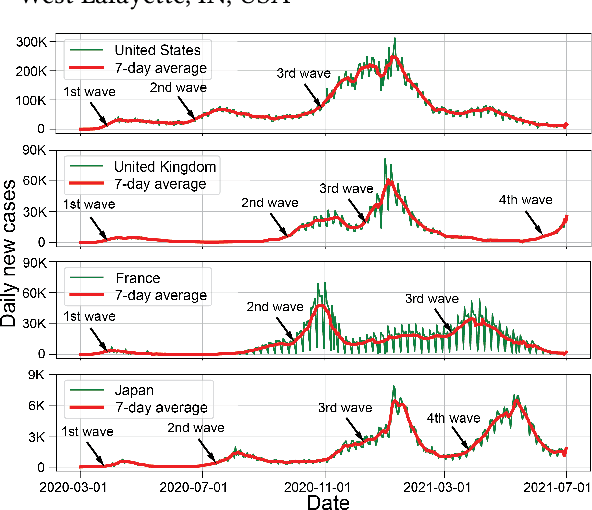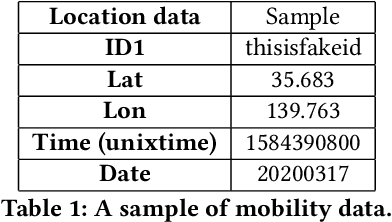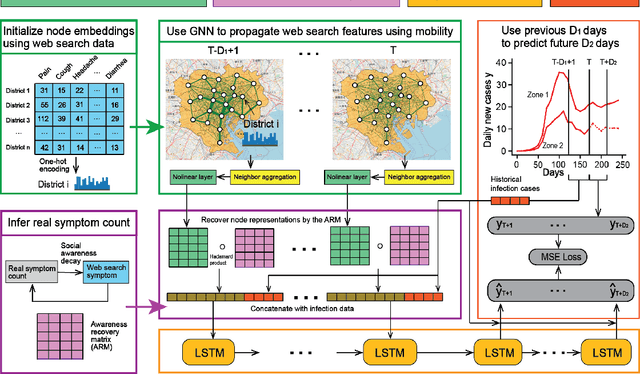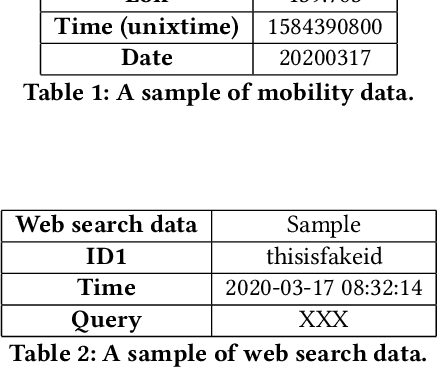J. Xue
CSI Feedback with Model-Driven Deep Learning of Massive MIMO Systems
Dec 13, 2021



Abstract:In order to achieve reliable communication with a high data rate of massive multiple-input multiple-output (MIMO) systems in frequency division duplex (FDD) mode, the estimated channel state information (CSI) at the receiver needs to be fed back to the transmitter. However, the feedback overhead becomes exorbitant with the increasing number of antennas. In this paper, a two stages low rank (TSLR) CSI feedback scheme for millimeter wave (mmWave) massive MIMO systems is proposed to reduce the feedback overhead based on model-driven deep learning. Besides, we design a deep iterative neural network, named FISTA-Net, by unfolding the fast iterative shrinkage thresholding algorithm (FISTA) to achieve more efficient CSI feedback. Moreover, a shrinkage thresholding network (ST-Net) is designed in FISTA-Net based on the attention mechanism, which can choose the threshold adaptively. Simulation results show that the proposed TSLR CSI feedback scheme and FISTA-Net outperform the existing algorithms in various scenarios.
Multiwave COVID-19 Prediction via Social Awareness-Based Graph Neural Networks using Mobility and Web Search Data
Oct 22, 2021



Abstract:Recurring outbreaks of COVID-19 have posed enduring effects on global society, which calls for a predictor of pandemic waves using various data with early availability. Existing prediction models that forecast the first outbreak wave using mobility data may not be applicable to the multiwave prediction, because the evidence in the USA and Japan has shown that mobility patterns across different waves exhibit varying relationships with fluctuations in infection cases. Therefore, to predict the multiwave pandemic, we propose a Social Awareness-Based Graph Neural Network (SAB-GNN) that considers the decay of symptom-related web search frequency to capture the changes in public awareness across multiple waves. SAB-GNN combines GNN and LSTM to model the complex relationships among urban districts, inter-district mobility patterns, web search history, and future COVID-19 infections. We train our model to predict future pandemic outbreaks in the Tokyo area using its mobility and web search data from April 2020 to May 2021 across four pandemic waves collected by _ANONYMOUS_COMPANY_ under strict privacy protection rules. Results show our model outperforms other baselines including ST-GNN and MPNN+LSTM. Though our model is not computationally expensive (only 3 layers and 10 hidden neurons), the proposed model enables public agencies to anticipate and prepare for future pandemic outbreaks.
 Add to Chrome
Add to Chrome Add to Firefox
Add to Firefox Add to Edge
Add to Edge